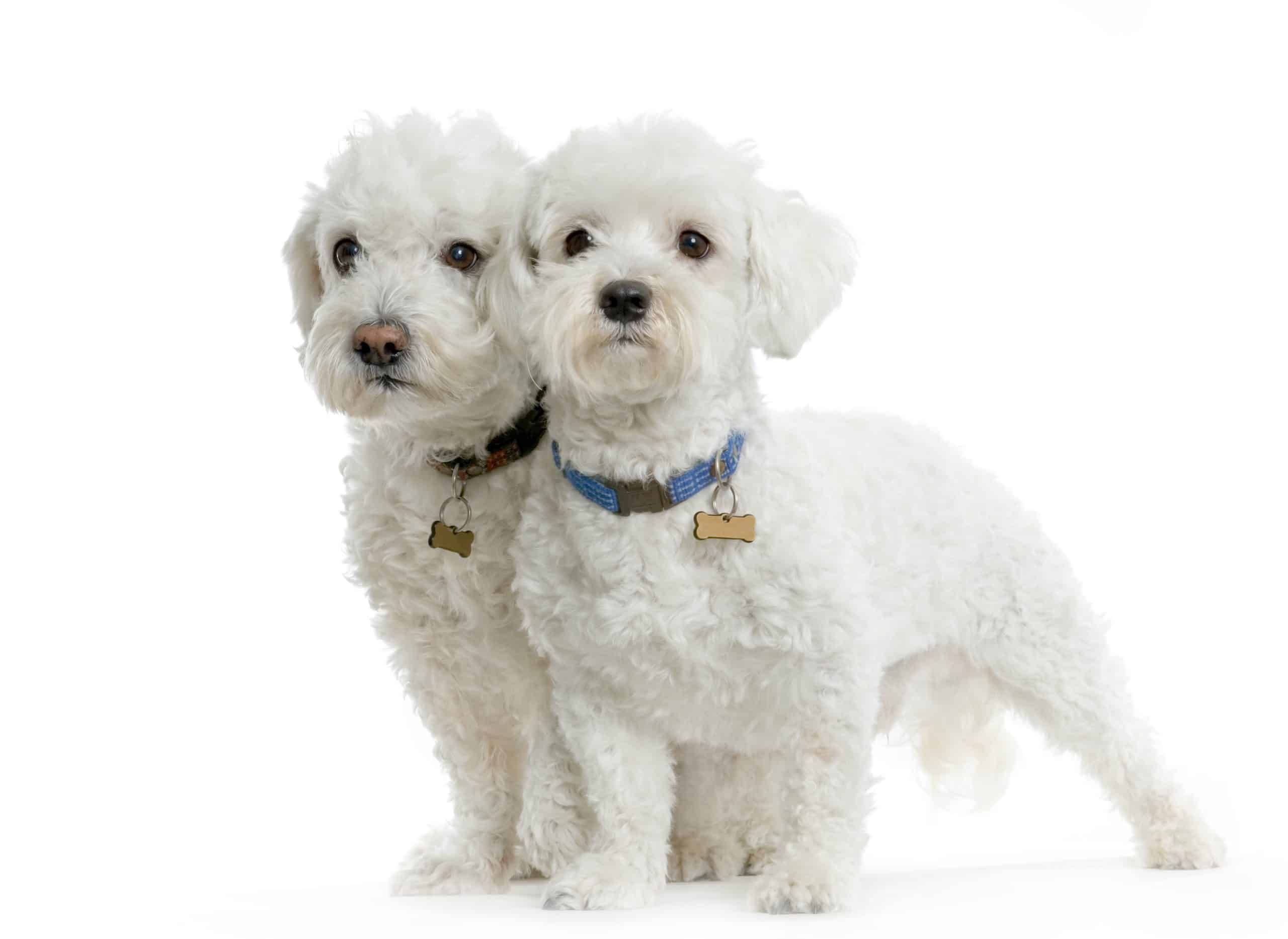What Are the Best Small Mammal Pets for Children with Asthma?

As parents of children with asthma, you’re likely all too familiar with the challenges that come with selecting a pet. The task becomes even more difficult when you’re looking for one that is not only small but also hypoallergenic or low-allergen. Fortunately, there are several small mammals that can be wonderful companions for your asthmatic child without aggravating their condition. Before we delve into it, it’s important to note that while these animals are less likely to trigger allergies and asthma, reactions can still vary greatly from one child to another. Therefore, it’s always advisable to spend time with potential pets before bringing them home to see how your child’s body reacts.
Are There Hypoallergenic Pets?
While no pet is 100% hypoallergenic, some produce fewer allergens than others. Most pet allergies are triggered by proteins found in an animal’s dander (dead skin flakes), saliva, or urine. Therefore, the term ‘hypoallergenic’ does not mean that these pets have no allergens. Instead, it means they produce fewer allergens than other animals.
A lire également : How to Manage Playtime for a Dog with a History of Aggression?
Guinea Pigs
Guinea pigs make for great pets for children with asthma. While they do produce dander, it’s less than what is typically produced by dogs and cats. Their fur is also less likely to cause allergic reactions. However, it’s important to note that guinea pigs can still cause allergies in some people, particularly if they are not regularly cleaned and their cage is not well-maintained.
Rabbits
Rabbits, like guinea pigs, are another excellent choice for children with asthma. They produce less dander than most traditional pets and their fur is less likely to cause allergies. However, like guinea pigs, rabbits can still trigger allergies if they aren’t properly cared for. It’s essential to keep their living area clean to minimize allergen buildup.
Dans le meme genre : How to Effectively Use a Puzzle Feeder with a Food-Motivated Cat?
What to Consider When Choosing Pets for Asthmatic Children?
When choosing a pet for your asthmatic child, there are several factors you should consider. These include the pet’s size, lifespan, and maintenance needs, as well as your child’s age, personality, and preferences.
Hedgehogs
Hedgehogs are small, cute, and relatively low-maintenance pets that can be an excellent option for children with asthma. They produce less dander and are less likely to cause allergies than many other pets. However, it’s important to note that hedgehogs are nocturnal, so they might not be the best choice if your child is a light sleeper.
Gerbils
Gerbils are small, playful, and low-allergen pets that are a great option for children with asthma. They produce less dander than many other pets and their fur is less likely to cause allergies. However, it’s important to remember that gerbils are social animals and are at their happiest when they have a companion.
Handling Pets Safely
Parents must take into account certain key precautions while handling pets, especially when the child is asthmatic. This is pivotal in maintaining the child’s health as well as ensuring the pet is being cared for properly.
Regular Cleaning
A key factor in minimizing allergens is regular cleaning – both of the pet and its living space. For instance, guinea pigs and rabbits should be groomed regularly to remove loose hair and dander, and their cages should be cleaned at least once a week to prevent allergen buildup.
Use of Gloves
When handling the pet, especially during cleaning, it’s advisable to use gloves. This is not just to protect your child from potential allergens, but also to keep the pet safe from any human-borne pathogens.
The Role of the Vet
Your vet plays a critical role in helping you manage potential allergies. Consult with them before bringing a pet into a home with an asthmatic child. They can provide advice on the best pet choices, as well as tips for minimizing potential allergens.
Regular Check-ups
Regular vet check-ups can help ensure your pet is healthy and not producing excess allergens. A healthy animal will have a healthier skin and coat, which can help reduce the amount of dander and other potential allergens.
Vaccinations
Regular vaccinations play a crucial role in ensuring the health of your pet and subsequently, reducing the risk of allergen production. A well-vaccinated pet is less likely to have skin conditions or illnesses that can increase allergen production.
In conclusion, there are several options available when looking for small mammal pets for children with asthma. It’s all about finding the right balance between your child’s needs and the pet’s characteristics. With careful consideration and proper care, your asthmatic child can safely enjoy the companionship of a small pet.
Careful Monitoring of Child-Pet Interactions
It is crucial to keep an eye on your child’s interactions with their pet. This can be helpful in ensuring that both the child and the pet are safe and the child’s asthma is not aggravated.
Supervised Playtimes
Children, especially younger ones, may not fully understand how to handle small animals correctly. Thus, it’s essential that an adult supervise playtimes to ensure the child treats the pet gently to prevent injury. Furthermore, the adult can observe the child for any signs of an asthma flare-up or allergic reaction during this interaction period.
Limiting Pet Access
While it’s important for a pet and child to form a bond, it may be beneficial to limit the pet’s access to certain areas, such as the child’s bedroom. This can help reduce the exposure to allergens, particularly during the night when prolonged exposure might occur.
Educating Children about Asthma and Pets
Education plays a significant role in managing a child’s asthma. Children should be made aware of how their pets could potentially trigger their asthma and how to handle the situation if it occurs.
Understanding Asthma Triggers
Your child should understand what triggers their asthma and how their pet could potentially contribute to this. For instance, they should know that pet dander can act as a trigger. This understanding can help them make more informed decisions about interacting with their pet.
Developing an Action Plan
Together with your child, develop an action plan for what they should do if their asthma is triggered. This could include using their inhaler, notifying an adult immediately, and moving to a different room away from the pet.
Conclusion
Choosing the right pet for a child with asthma requires careful consideration, but it is not impossible. With proper measures, including regular cleaning, vet check-ups, supervised playtimes, and educating the child about their asthma, it is possible to create a safe and healthy environment for both the child and the pet. Remember, every child is unique, and what works well for one child may not work for another. Therefore, always consider your child’s personal circumstances and preferences when choosing a pet. With the right pet and the right care, your child can enjoy the companionship of a small mammal pet without adversely impacting their asthma.
